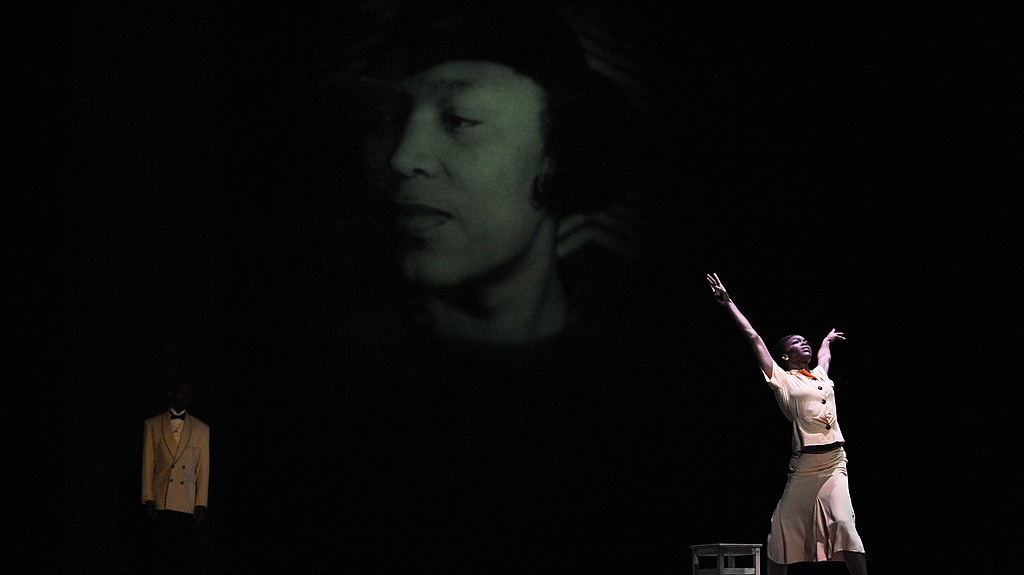A fiercely independent woman who was even more powerful with her pen, Zora Neale Hurston was an undisputed proponent for Black expression in the 20th century. A woman with a complicated upbringing, her first-hand experiences served as subject matters to some of her most popular manuscripts. Scholars can’t mention the Harlem Renaissance without crediting the trained anthropologist, because Hurston emerged as one of the most acknowledged faces of the movement for Black deliverance.
Bouts of depression, false accusations of sexual assault and massive debt plagued her later years, leading her to a life of obscurity until her death in 1960 at the age of 69. However, contemporary anthropologists and authors remain indebted to Hurston for her contributions in advancing Black literature. Here are some of her finest works that support this claim:
1. Their Eyes Were Watching God
Released in 1937, this novel focuses on the life and times of Janie Crawford, a Black woman with fair skin who returns to Eatonville, Florida after many years away. Upon her return, she is met with considerable judgement by residents who chastise her for leaving with a young man by the name of Tea Cake. Her friend, Pheoby Watson speaks out in favor of her and the rest of the book details Janie explaining to Pheoby pertinent details of her life.
2. Dust Tracks on a Road
Released in 1942 at arguably the height of her celebrity, Dust Tracks on a Road is Hurston’s candid autobiography full of unequivocal revelations. It starts with her humble upbringings in Eatonville, Florida and chronicles her journey to becoming one of the leading figures of the Harlem Renaissance. Though a jarring read, it earned the Barnard graduate some criticism due to its lackadaisical approach to racism.
3. Mule Bone: A Comedy of Negro Life in Three Acts
Co-written alongside Langston Hughes, this 1930 play is a shrewd, yet spirited look into Black rural life. Because she was also an anthropologist by trade, Husrton studied mule-talking in Black societies and so the project includes several of those characteristics. Unfortunately, Mule Bone went unseen due to a feud between Hurston and Hughes. Sixty years later and long after both of their deaths, it was finally published in 1990.
4. Jonah’s Gourd Vine
Hurston’s first novel, this 1934 semi-autobiographical book portrays the life of John Buddy Pearson, a gentleman enamored with far too many women for his own good. Though he is deeply in love with his wife Lucy, he can’t evade the advances of Mehaley, Big 'Oman and mischievous Hattie, who casts spells to lure him to her.
5. Tell My Horse
In Tell My Horse, Hurston writes of her personal experiences participating in Voodoo processes in Haiti and Jamaica. In the novel, she also delves into ancient Voodoo history, rituals, and systems, detailing its controversial customs.
6. Hitting a Straight Lick With a Crooked Stick
An assortment of short tales, including eight misplaced stories about the Harlem Renaissance, Hitting a Straight Lick With a Crooked Stick was released in January of this year, 60 years after Hurston’s death. The book touches on topics such as love, gender, racism and sexism as it pertains to Black culture.
Even long after death, Zora Neale Hurston continues to be a monumental and impactful voice for Black Americans. During a period where personal narratives from the Black perspective was so craved, she unabashedly provided that and so much more.
